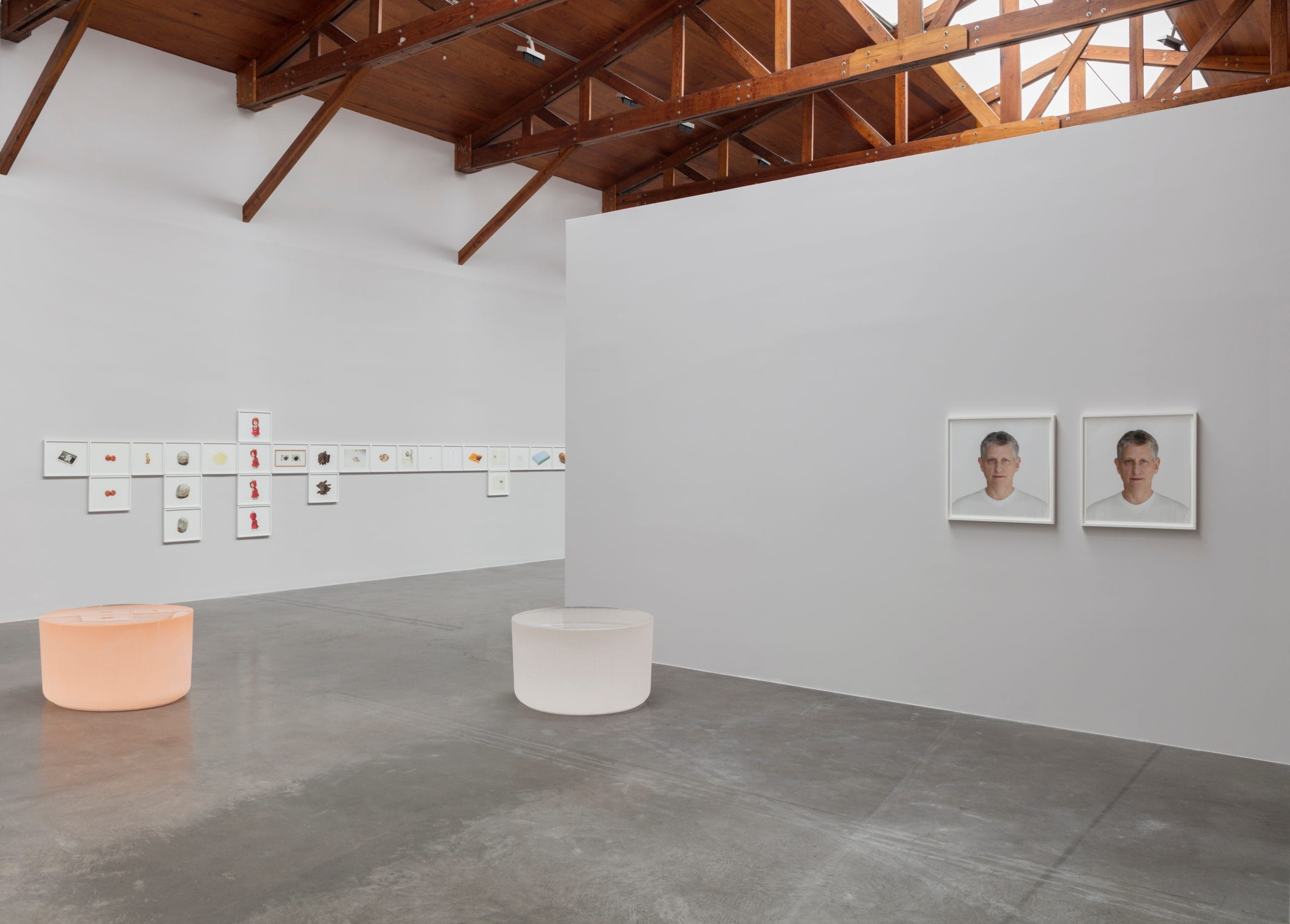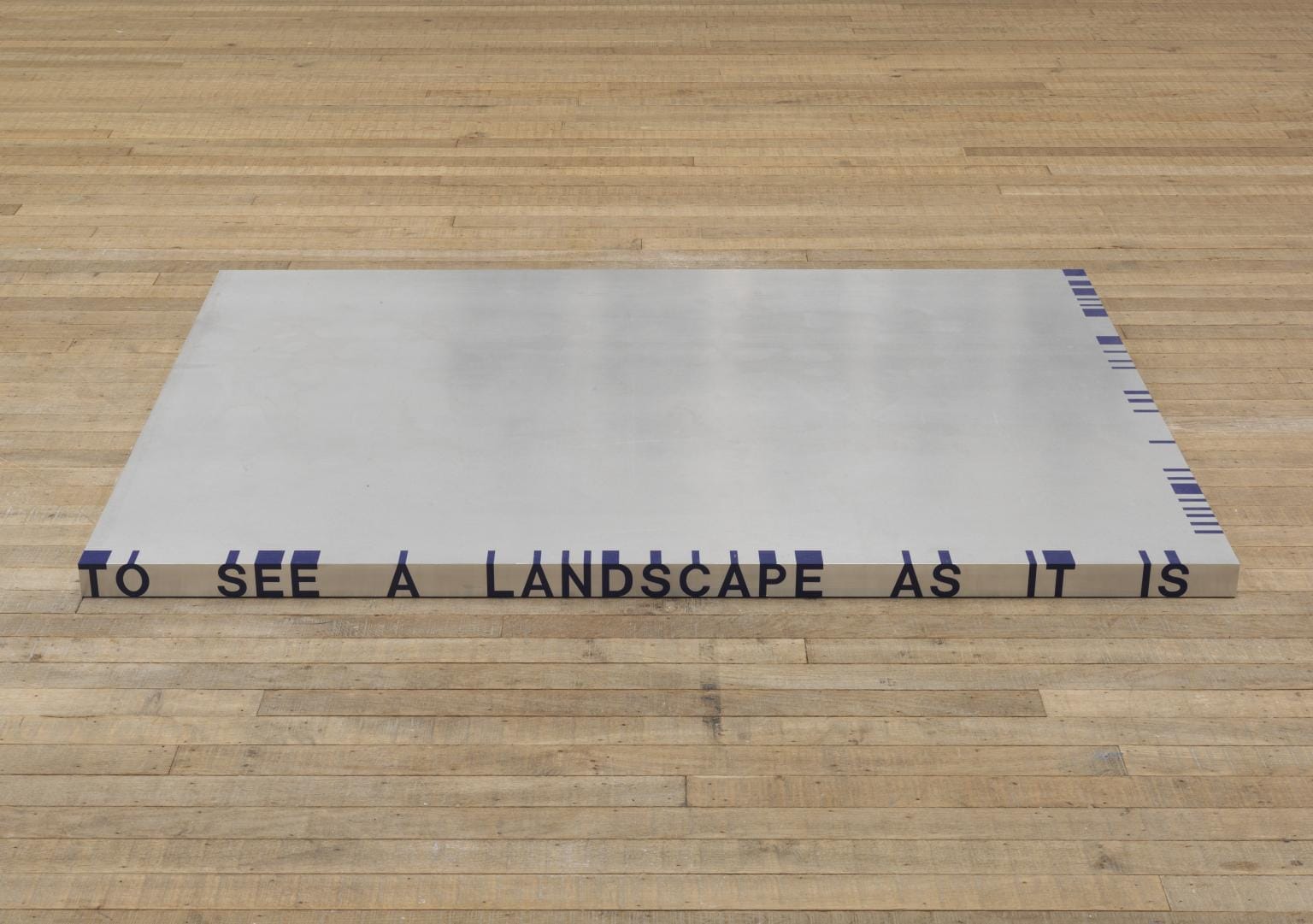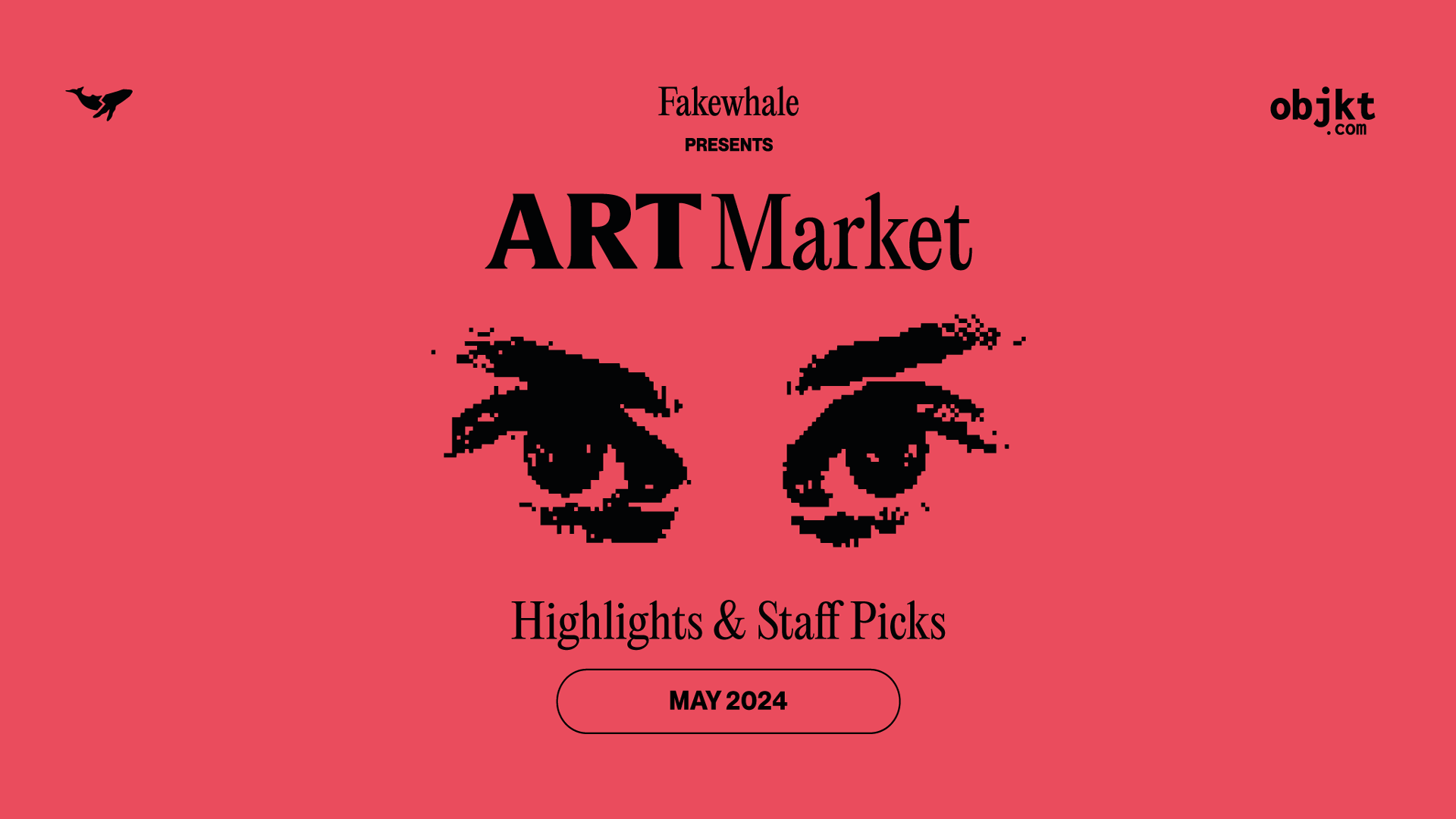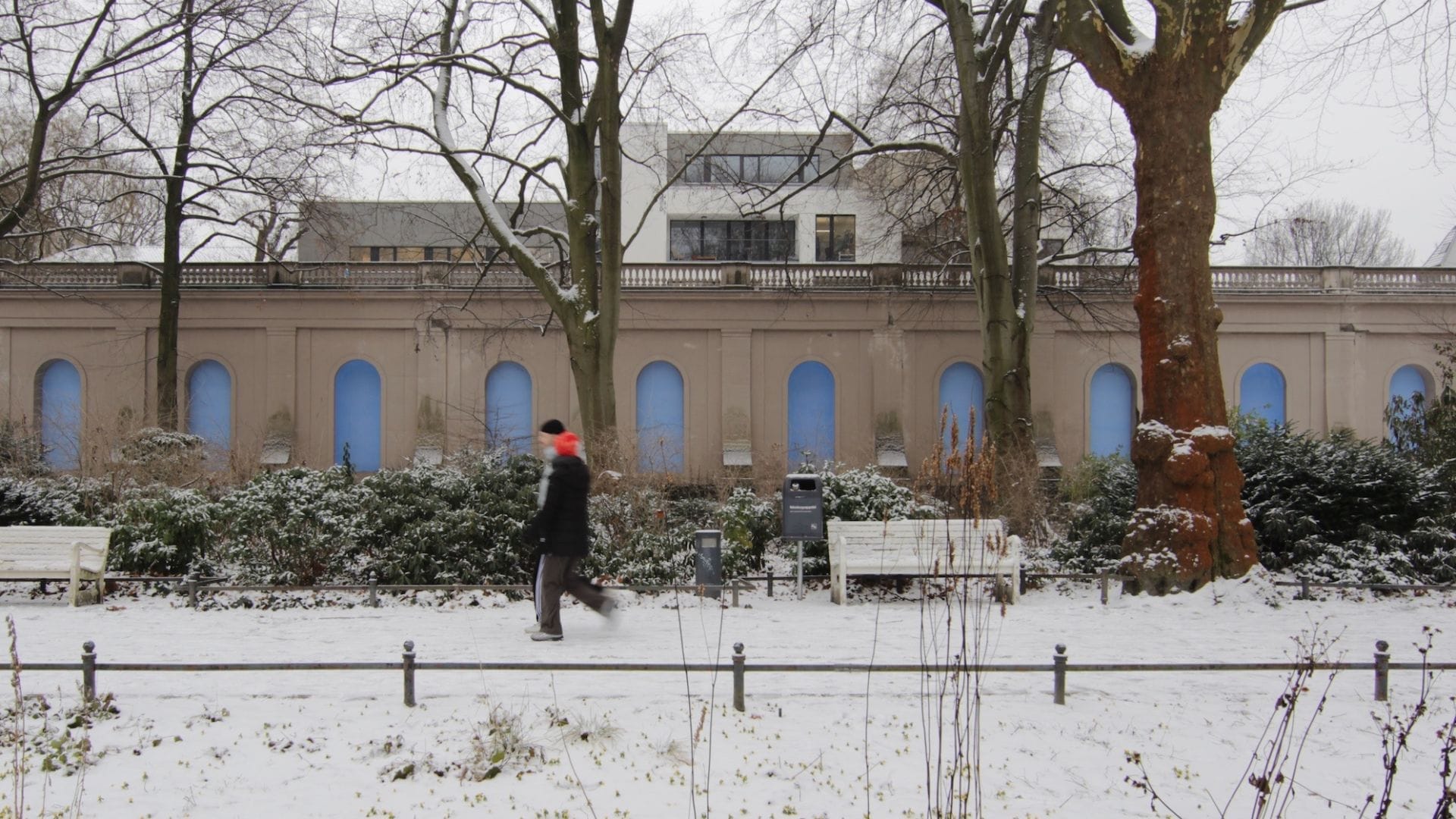
Roni Horn: A Journey Through the Elements
Roni Horn was born in 1955 New York. She lives and works in New York City.
Horn’s artistic production, which spans for about fifty years now, explores the changing nature of art through sculpture, works on paper, photography and books. Roni’s drawings focus on the materiality of the objects depicted, using also the written word at the basis of his drawings and other works. Horn creates complex relationships between the observer and his works, for example by placing a single piece on opposite walls, in communicating rooms or across a series of different spaces and buildings. Horn subverts the notion of “identical experience” by insisting that self-perception is determined by place in the “here-and-there” and by a time in the “now-and-then”.

The Essence of Roni Horn: Identity, Nature, and Artistic Evolution
From the outset, Horn’s art has been characterized by a minimalist aesthetic combined with a deep, introspective exploration of identity. Her work transcends traditional boundaries, encompassing a variety of mediums including photography, drawing, sculpture, and large-scale installations. A defining characteristic of her work is the engagement it demands from the viewer, inviting a physical and contemplative interaction.
Central to Horn’s artistic narrative is her relationship with nature, particularly her enduring fascination with Iceland. The stark landscapes, volatile weather, and the rich cultural tapestry of this island nation have significantly influenced her work. Through her extensive travels to Iceland, Horn has captured its essence, translating it into a visual language that resonates with themes of identity and perception.
Horn’s art is a journey through self-discovery and environmental engagement. Her pieces often reflect her personal experiences and emotions, while also inviting the viewer to delve into their own perceptions and understandings. This chapter will explore the nuances of Horn’s art and how her exploration of identity and nature has evolved over the years, leading to a unique and impactful body of work.

Reflecting Nature: Horn’s Exploration of Iceland and Environmental Interaction
Roni Horn’s deep engagement with the natural world, particularly the enigmatic landscapes of Iceland, forms a cornerstone of her artistic vision. This chapter delves into how Horn’s repeated sojourns to Iceland have influenced her work, creating a dialogue between the artist, the environment, and the viewer.
Iceland, with its raw, unspoiled landscapes and volatile climatic conditions, has been a source of endless inspiration for Horn. The country’s unique geographical features – from vast glaciers and rugged coastlines to geothermal springs – have not only been subjects of her art but also mediums through which she explores broader themes of identity, change, and permanence.
Horn’s work in this context is characterized by a profound sense of place. Her series of photographs, sculptures, and site-specific installations often incorporate elements of the Icelandic landscape, either directly or through reference. For example, her well-known series ‘You are the Weather’ uniquely captures the ever-changing face of Iceland’s weather through a series of portraits, reflecting the intimate and fluctuating relationship between humans and their environment.
Another significant aspect of Horn’s work is her focus on the sensory experience of nature. Her installations are designed to engage the viewer’s senses, often requiring physical interaction or movement to fully appreciate their complexity. This immersive approach not only deepens the viewer’s connection with the art but also highlights Horn’s belief in the interconnectedness of humans and the natural world.
Through this exploration of Roni Horn’s relationship with Iceland, this chapter will showcase how her art transcends mere representation of nature, instead becoming a medium for exploring the dynamic interactions between the environment, identity, and perception.

Horn’s Legacy
Roni Horn’s artistic oeuvre can be analyzed through a lens of empirical scrutiny and rational interpretation. Her exploration of identity and gender does not merely serve as an aesthetic endeavor but rather as an intellectual inquiry into the constructs of selfhood. The fluidity of identity in her work, characterized by its inherent ambiguity, does not seek to mystify but to open avenues for multiple rational interpretations. This aspect of her art does not aim to revolutionize perceptions of gender and self-perception but encourages a reevaluation of these concepts through a methodical and contemplative approach.
In the sphere of environmental interaction, Horn’s art does not romanticize nature but instead establishes a discourse on how art interacts with and is influenced by natural elements. Her installations and site-specific works, which integrate art and nature, do not aim to blur these boundaries whimsically but to foster a more analytical and reflective interaction with the environment. This synthesis of art and nature in her work should be viewed as a conceptual investigation into the human-nature relationship, rather than a mere aesthetic amalgamation.
Furthermore, Horn’s intersection with the narrative and poetic dimensions of visual art demonstrates an engagement with the convergence of visual and literary arts. By incorporating literary elements and collaborating with writers and poets, she does not merely embellish her work with words but examines how visual and textual narratives coalesce and inform each other. This approach in her art practice is not about elevating the poetic over the visual but about expanding the discourse on how stories and experiences are communicated and understood in different mediums.
Ultimately, Roni Horn’s contribution to contemporary art is characterized by a process of inquiry and analysis. Her work compels a rethinking of identity, environmental interaction, and the interplay between visual and literary arts, not through a celebratory or mystical lens, but through a process of critical examination and intellectual discourse. Her impact lies in her ability to challenge and expand the boundaries of artistic expression, fostering a dialogue on the interrelations of self, art, and environment, grounded in rational and reflective thought.
fakewhale
Founded in 2021, Fakewhale advocates the digital art market's evolution. Viewing NFT technology as a container for art, and leveraging the expansive scope of digital culture, Fakewhale strives to shape a new ecosystem in which art and technology become the starting point, rather than the final destination.
You may also like
FW Spotlight: Top Submissions of March
As we move through the works of Sakul, Ramić, and Wolfryd, we find a recurring tension, one that di
ART MARKET May 2024: Highlights & Staff Picks
As May draws to a close, Fakewhale Gallery’s ongoing, on-chain ART MARKET exhibition on objkt.
Linus Rauch, There, Here at Galerie im Körnerpark, Berlin
There, Here by Linus Rauch, curated by Clara von Schwerin, at Galerie im Körnerpark, Berlin, 18.11.




